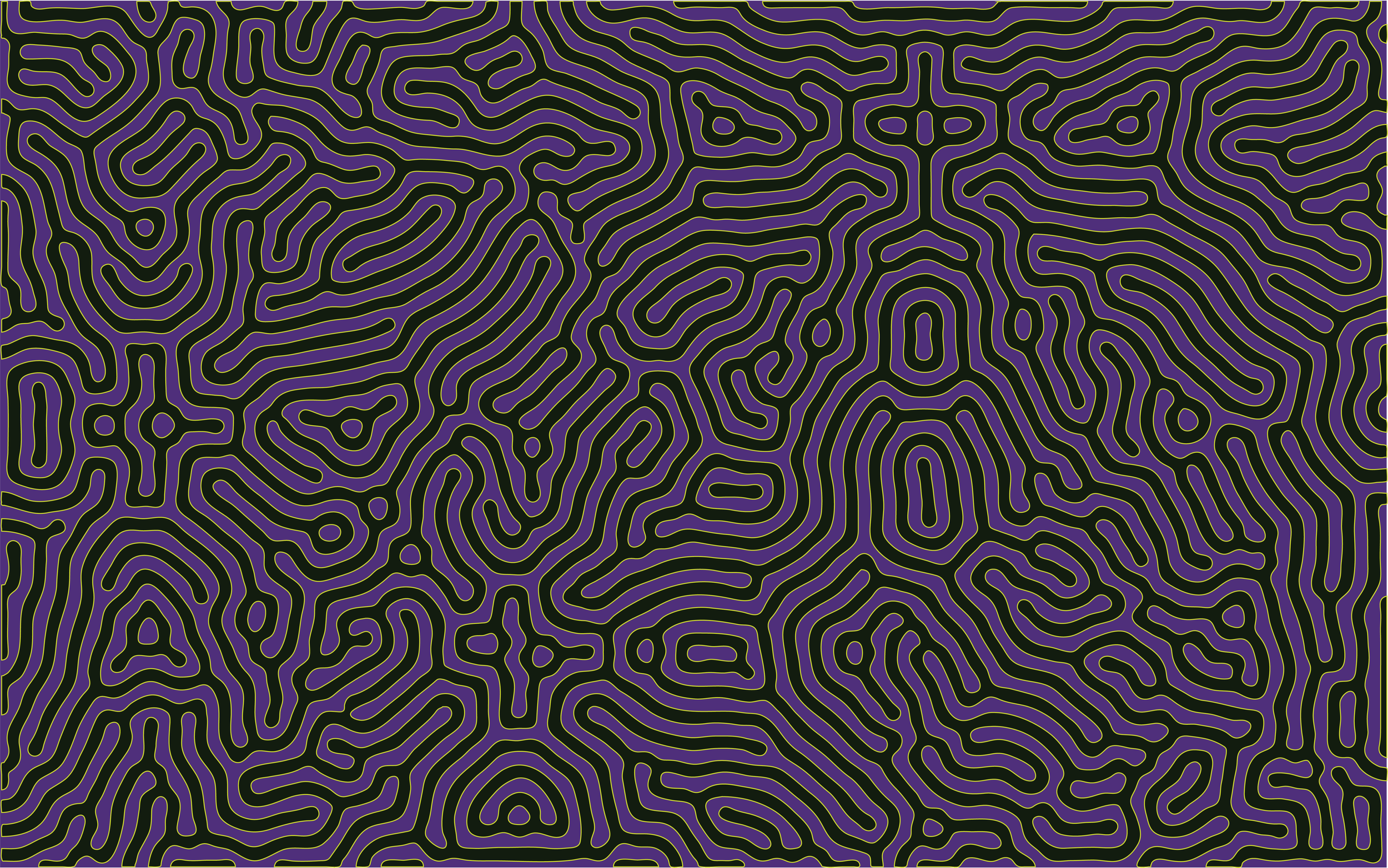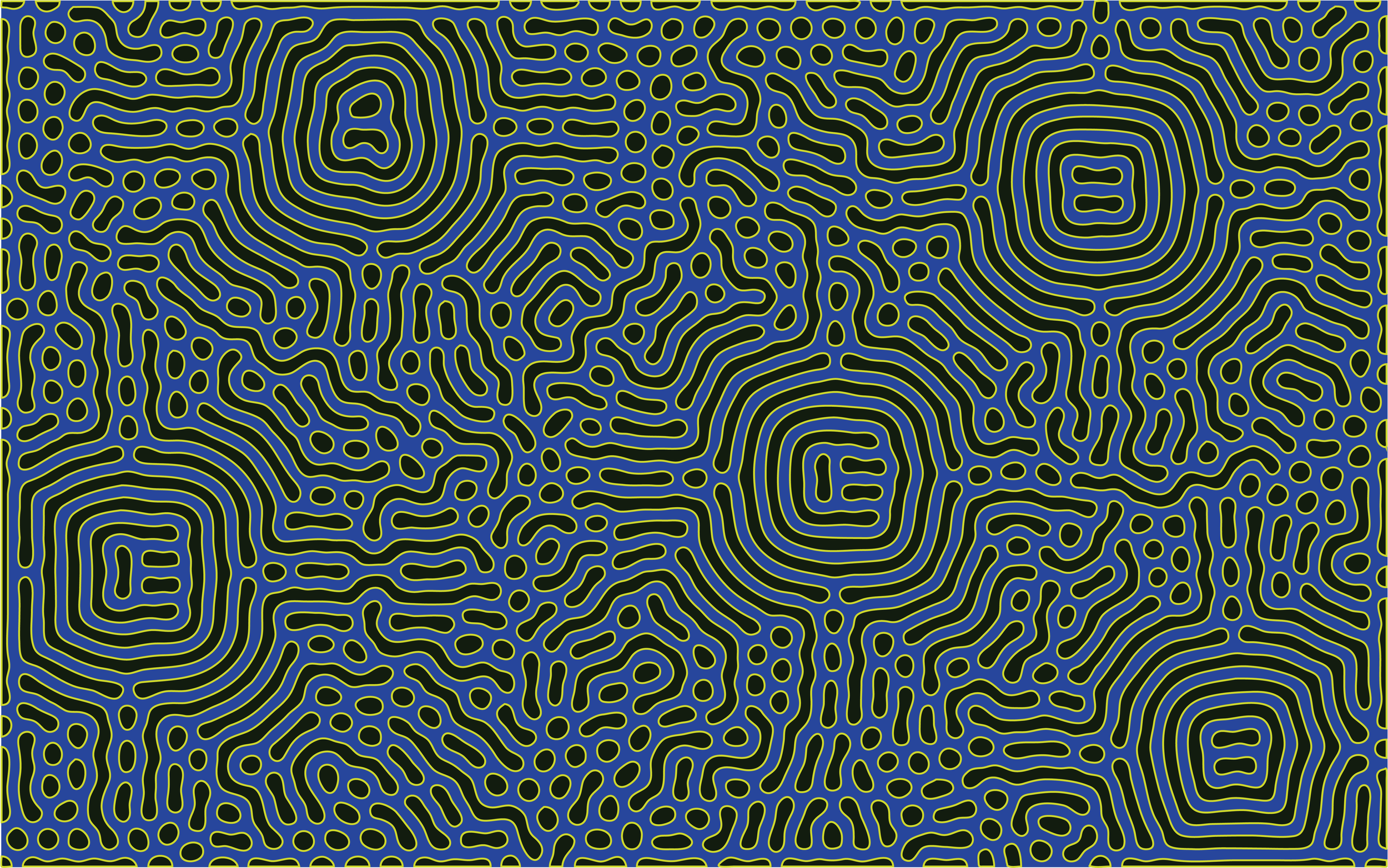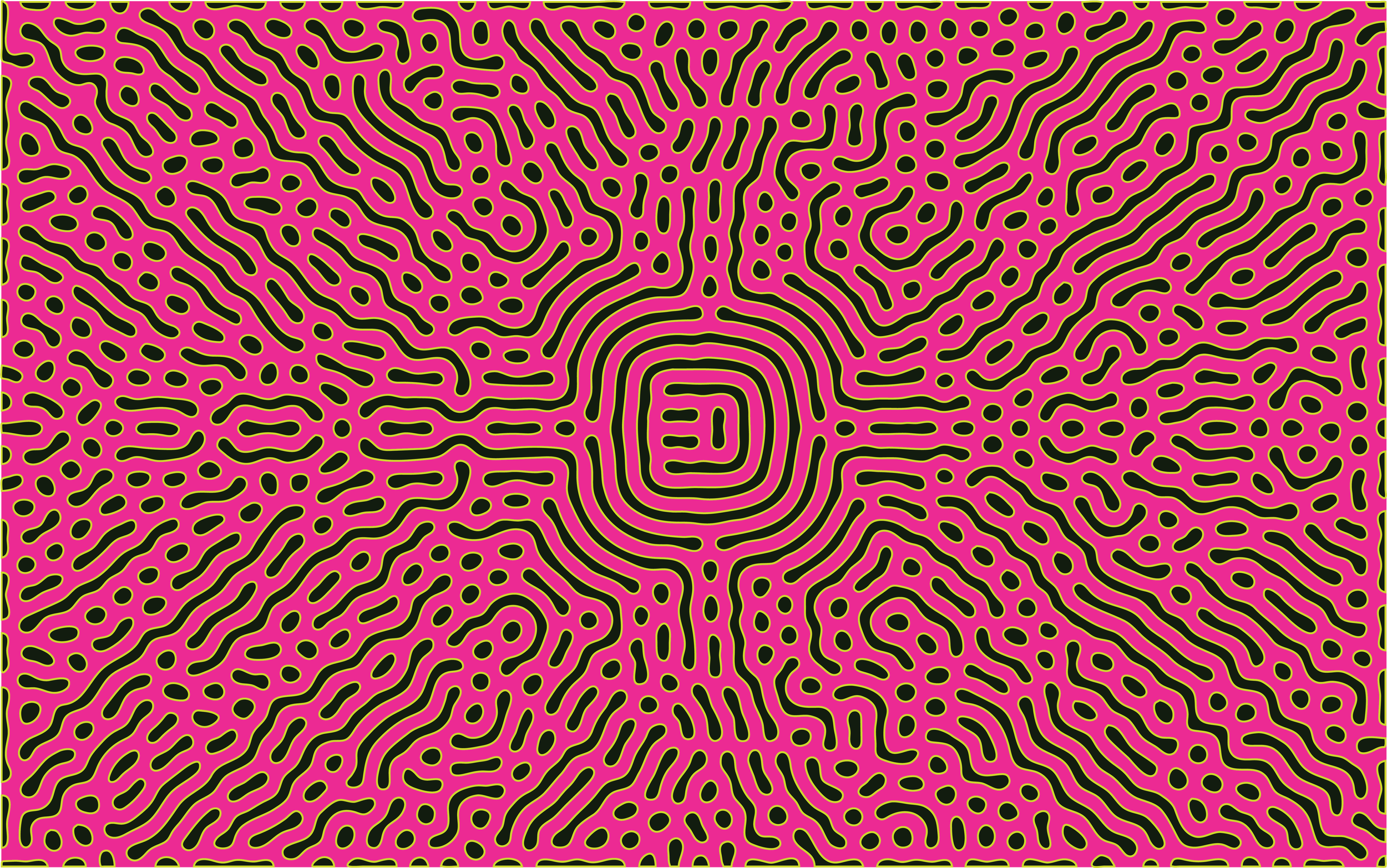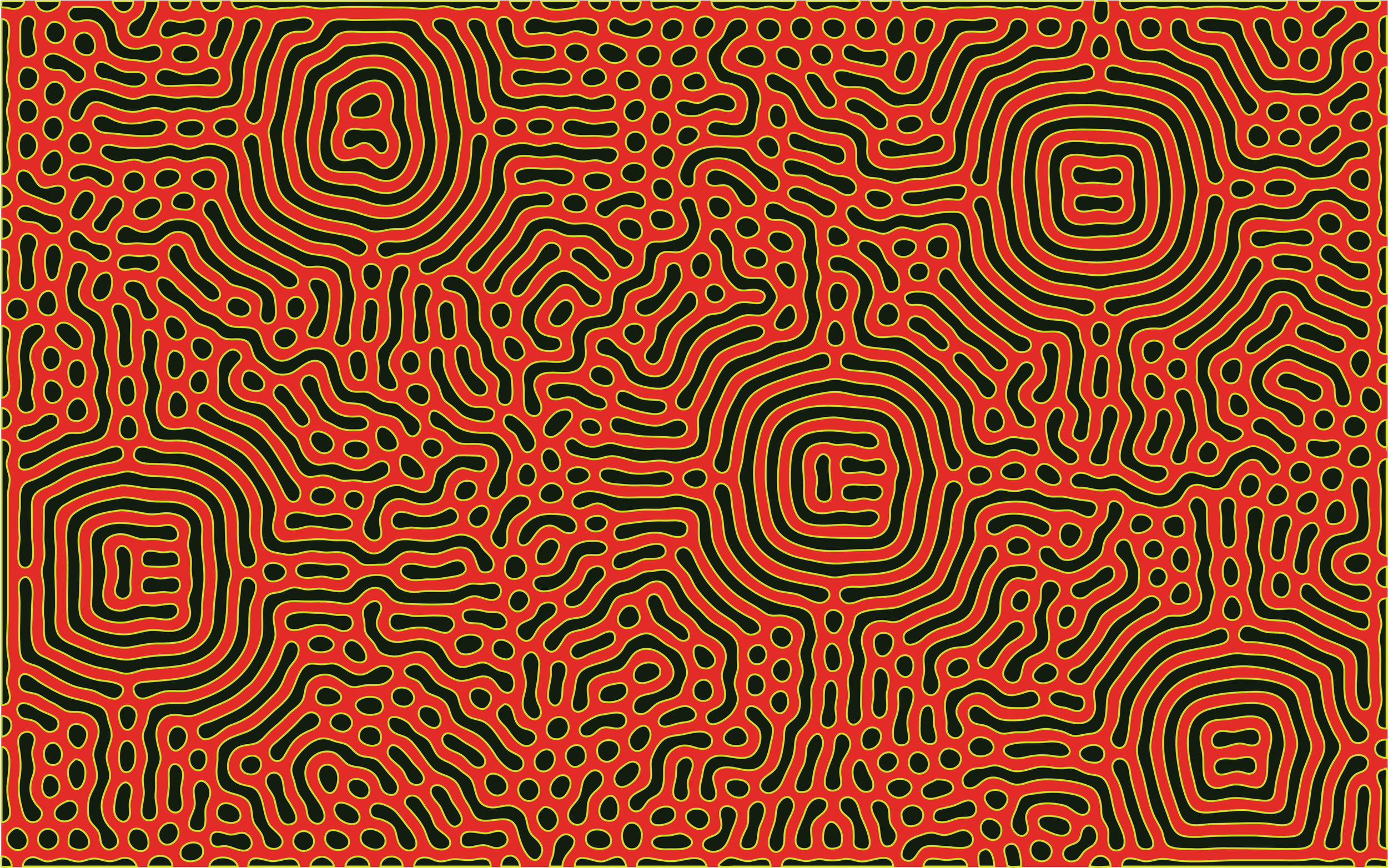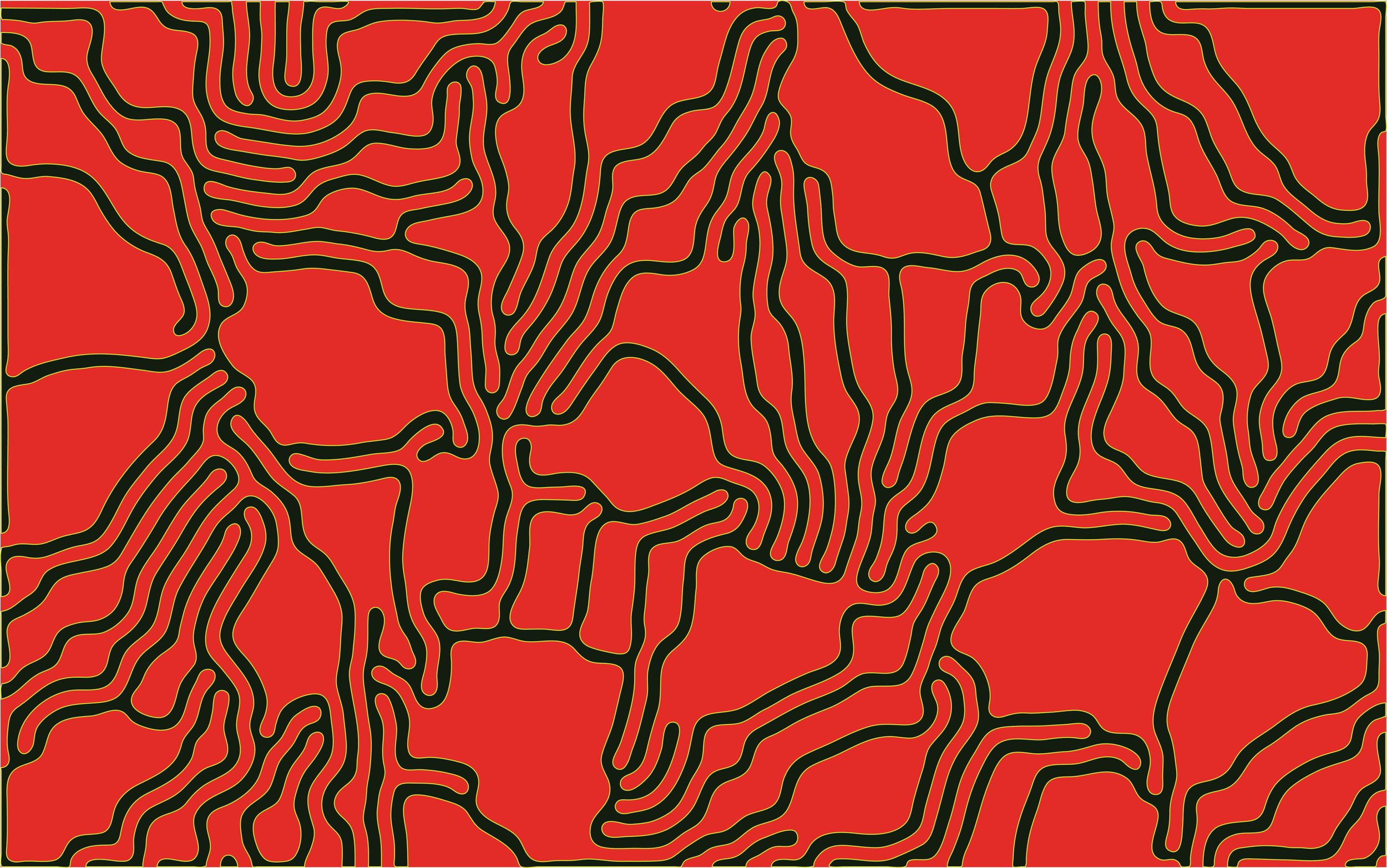
Protection Through Identity

How can Design improve the safety of cyclists in shared transportation spaces?
Improving the safety of this practice through better communication and heightened visibility would increase the quality of the experience and the number of participants. This research project explores the opportunities for improving the safety of urban cyclists through the study of time-tested communication strategies exhibited by other organisms and the translation of those strategies into human-specific solutions. Through on-the-ground observations of traffic patterns and interviews with cyclists and motorists regarding stressful points in commutes, I captured the most dangerous moments of commuter journeys through sketches that not only helped me to build a mental map of the problem space but also acted as conversation pieces to which interviewees could react and discuss.
Given the limitations of existing physical infrastructure in many older urban areas, making the road a safer space for cyclists is, at its heart, a communication issue. Both motorists and cyclists are constantly struggling to communicate their presence and intended actions to the other. Solutions that improve the lines of communication between cyclists and motorists must be designed in ways that do not add additional distractions in the space.
In some ways, the issue of motorist and cyclist communication is a paradox. Motorists would understand how to share the road if they were exposed to more cyclists; however, potential cyclists are wary of the roads because of the dangers of sharing the space with motorists who are not accustomed or hostile to sharing the road with cyclists.
So, the question becomes, how can we enable cyclists to communicate their presence and intended actions more effectively to motorists with the goal of making cycling a safer activity with greater participation?
Designers can build on scientific findings that humans are hardwired to recognize and respond to certain colors, patterns, and behaviors. While countless safety-related products have been created to aid cyclists, few have applied the concept of biomimicry or incorporated adaptations by other organisms in the natural world (other than more narrowly focusing on illumination-based forms of visibility). Using the natural world as a laboratory, we can create gear for cyclists that will help them communicate their presence, passion for cycling, and individualism, while increasing their safety on the roads in congested urban centers, particularly those found in older cities that have difficulty creating continuous, segregated bike infrastructures.
How can we leverage the evolutionary adaptions of other species in combination with our scientific knowledge of humans to create a solution that not just increases safety but is attractive, customizable, and ultimately adopted?
The Poison Dart Frog is found in the tropical environments of Central and South America. They are very small creatures, ranging in size from about half an inch to 2 inches and weighing on average only 1 ounce. Their small size belies a powerful and deadly defense. These frogs are able to process and retain toxins from the insects they eat and then secrete these toxins through their skin. Not all types of dart frog are poisonous (although many visually pretend to be their deadly cousins as a deceptive defense). Their strategy for survival is unique, opting to stand out to their predators instead of hiding.
As a commuter, standing out and signalling intent to others is key. By understanding how these creatures accomplish their signaling goals, we can create an adaptation of that strategy that will be effective for communication amongst humans on the road. By conducting a visual analysis of the various types of frogs, the patterns start to become apparent.








Additional research into dart frog environments and behaviors shows that these creatures spend most of their lives against the background of dark leaf litter and lush rainforest greens. Their color distributions let the cooler colors of their extremities blend into the environment, making the larger areas of their bodies exposed and pushing them into the foreground through the use of color contrast, further enhanced by the reaction-diffusion patterns. However, in the problem space of shared transportation infrastructures, a snake is not the threat to a commuter’s safety.
“In short, no pattern is an isolated entity. Each pattern can exist in the world only to the extent that is supported by other patterns: the larger patterns in which it is embedded, the patterns of the same size that surround it, and the smaller patterns which are embedded in it.”
Color contrast is just a part of the equation. How do the exhibited, high-contrast patterns amplify visibility?
A quick search of biological patterning in dart frogs classifies their type of pattern exhibition as Reaction-Diffusion, a phenomenon first identified and studied by Alan Turing, by which patterns manifest as a result of the diffusion of energy possessed by the various pigment chemicals — less energetic pigments giving way to the more energetic ones until final patterns are relatively established. The types of patterns then depend on the chemical basis of the pigments. All of this is to say that, while these patterns seem random, their configurations are the outcome of evolution and their existence has a higher purpose.
Important findings from this exercise:
Poison dart frogs seem to offer a different value in that they employ a randomized, reaction-diffusion pattern. This use of bright colors abutting black shapes increases the number of “edges” between the high contrast color combination, causing an increase in the vibrative quality of the pattern; thus, drawing more attention to them.
Reaction-diffusion modeling is a crucial element of this project and can be generated using algorithms with so increases the number of patterns and color combinations that can be produced while also allowing for the easy manipulation and refactoring of the patterns. This finding was critical as it would allow for cyclists to customize their gear to suit their cycling identities, a need found through the ethnographic research.
How can we adapt this novel survival strategy to suit the needs of cyclists and biological and cognitive adaptions of humans?
One of the primary functions of the patterning of the poison dart frog is to help it stand out from the environment. The patterns implement various types of contrast, such as value contrast, temperature contrast, simultaneous contrast, and contrast of complementary colors. Each additional layer of contrast adds dynamism and visibility to the frogs’ patterns. Moreover, as the frogs inhabit a large territory with diverse species of plants and animals, their colors and patterns become regionally specific as they are tailored precisely to their predators and vegetation. To be able to translate these effects into strategies for humans in the urban environment, I defined the main colors of the Pittsburgh environment, discovering colors that would stand out the most against the particular urban background.
For the past two years, I collected GPS data from every ride I took on my bicycle. This data, which includes speed, elevation change, and distance, extensively covers the Pittsburgh metro area and some parts of the surrounding area. Using my now patented software process (U.S. 10,950,006 B2) for environmentally contextualized pattern generation, I was able to produce numerous patterns with color variations that effectively contrast with the urban environment of Pittsburgh and appeal to the seven types of contrast known to resonate with humans. I extensively tested these patterns throughout the multi-step process, methodically assessing many aspects of each (i.e. variation of pattern, variation of color, viewing distance) with a diverse set of participants.
Based on the testing sequence, one pattern in particular resonated with participants. Further development of this pattern can be found in the prototyping section of this site.
For more detailed information about the testing protocols and outcomes, please contact me directly.




















